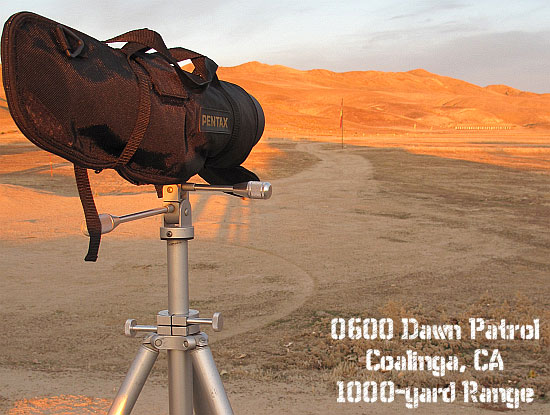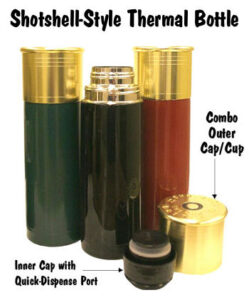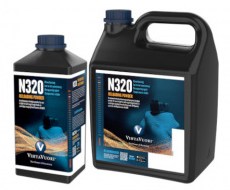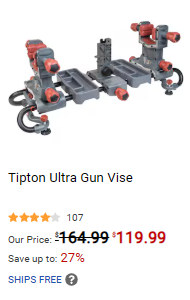Coalinga Range in California. At 1000 yards, we could see 7mm and 30 Cal bullet holes clearly at dawn. We had the chance to test a high magnification (63X), spotting scope under near-ideal conditions at the CA Long Range Championship. It was the best experience I’ve ever had. On the last day of the event, we arrived at 5.45 am as the sun was cresting over the horizon. I quickly deployed my Pentax PF 100ED spottingscope, equipped with a Pentax SMC XW 10mm fixed power eyepiece. This 10mm eyepiece can magnify 63X when used with the Pentax 100mm scope. This eyepiece is a great value for its $299.00 cost. It is very sharp and clear. The viewing conditions were perfect at dawn. No mist, no mirage, no wind. First thing I noticed as a Editor was that there were metal nail heads on target boards. This was amazing. To my surprise, as soon as the first practice target was up, I could see bullet holes of 6.5mm, 7mm and 30 caliber in the white at 1,000 yards. It’s true… I could see bullets at 1000 yards. I know that many of you may not believe it, but I was able to see a 7mm round cut through the white line separating Nine Ring from Eight Ring on the target. I was watching the target as it was shot and saw the hole form. When I looked at the targets for 30-cal, the bullet holes were clearly visible. In these perfect conditions, I could also make out the 3/8” bolt head on the target frames. The Human Factor – Good Vision is Required
I used my left eye to view the bullet holes (no magnifying glasses or safety glasses). I also had a lens in my left eye (needed for distant vision). To my surprise, I was able to see the bullets with ease with my left eye. However, the right eye was fuzzier, and the image was slightly blurrier, even after I refocused the scope. The contact lens was reducing the fine resolution. I then invited 3 or four shooters to view the scope. One young man with good vision said: “Yeah I can see the hole — right there at four o’clock, and seven o’clock.” Wow. Some older men, who wore glasses, couldn’t see the holes no matter how we adjusted the scope’s diopter and main focus. If you wear glasses or corrective lenses, even a small amount of optical interference can affect what you see through the scope. The image can be affected by anything between the scope eyepiece, and your eyeball. You may be better off taking your glasses off if you still achieve good focus sharpness with the diopter adjustment ring and focus ring. I performed the left-right eye test half a dozen times and found that I could see fine details at 1000 yards without glasses, but I couldn’t see them with my right contact lens. (I had to refocus the scopes for each eye since one was fitted with a corrective glass and the other didn’t.) Mirage Reduces Image Sharpness & Resolution
After a few hours, the “magic light”, which was a kind of halo, began to fade. I could no longer see bullet holes as soon as the mirage appeared, but I could still see black pasteers on the black bulls. The sharpness of the image was greatly reduced when the mirage began. By mid-morning, I was unable to read the numbers on the scoring ring. I could see bullets at dawn. You need perfect conditions to test your optics’ ultimate resolution. Chromatic Aberration Revealed
As the light and mirage intensified, I began to see blue and crimson fringing around the edges of the spotting disc and the large numbers. This was very noticeable. On one side, you could see the dark red edge of the white spotting disk, and on the other, a blue edge. The photo below was taken with a point-and-shoot camera, held up to an eyepiece of the Pentax lens. The sharpness was actually better than the photo shows. However, the through-the lens image clearly reveals the red and blue fringes. This fringing occurs because of chromatic Aberration, which is the failure of the lens to focus on the same point for all colors. Chromatic Aberration is most noticeable at high magnification. It causes different wavelengths to have different focal lengths. Chromatic Aberration is manifested as “fringes” along the boundaries that separate the dark and bright portions of an image. This is because each color of the optical spectrum can’t be focused at one common point on the optical plane. Remember that the Pentax has “ED” low-dispersion glasses, so the effect will be even more dramatic if you use a cheaper spottingscope.
Click HERE to see a LARGE PHOTO which shows aberration clearly. If you’re wondering why expensive spotting telescopes, such as the $2980 Swarovski ATS80, cost so much it’s because they deliver even LESS chromatic distortion at long distances and high magnification. Some ultra-high-end scopes are able to deliver images without the color edge you see in the above photo. This is because they use apochromatic glass (APO), which is ultra-low dispersion. The Pentax PF100ED is a great spotting telescope. Any scope that can resolve a bullet hole at 1000 yards is impressive. If you want the best optical performance with minimal chromatic distortion, you’ll need to upgrade to something like the Kowa Prominar with Flourite crystal lenses ($2325.50 for the body only) or the Leica APO (3598.00 including the 25-50X eyepiece). This report was written to show what’s possible… under ideal conditions. We can resolve 6mm bullets at 600 yards with this Pentax 100mm and a Swarovski80mm. This performance is only possible under very good viewing conditions. Even with the Pentax 100mm at 75 power at 10:00 am, it is “iffy” to see 6mm bullets at my range by 10:00 am. Don’t mortgage your house to buy an expensive $4000 optical in the hope of being able to see your shots at 1,000 yards. If the conditions are not perfect, you will be lucky to see bullets at 500 yards. Set up a remote camera that can broadcast a video image to a screen in your shooting station. We recommend the LongShot LR-3 2 mile UHD among the target cams available on the market. This modern target cam boasts an excellent resolution and a range that is unmatched. The LongShot LR-3 is used in major ELR events. Amazon currently offers the Longshot LR-3 for $899.00.

















